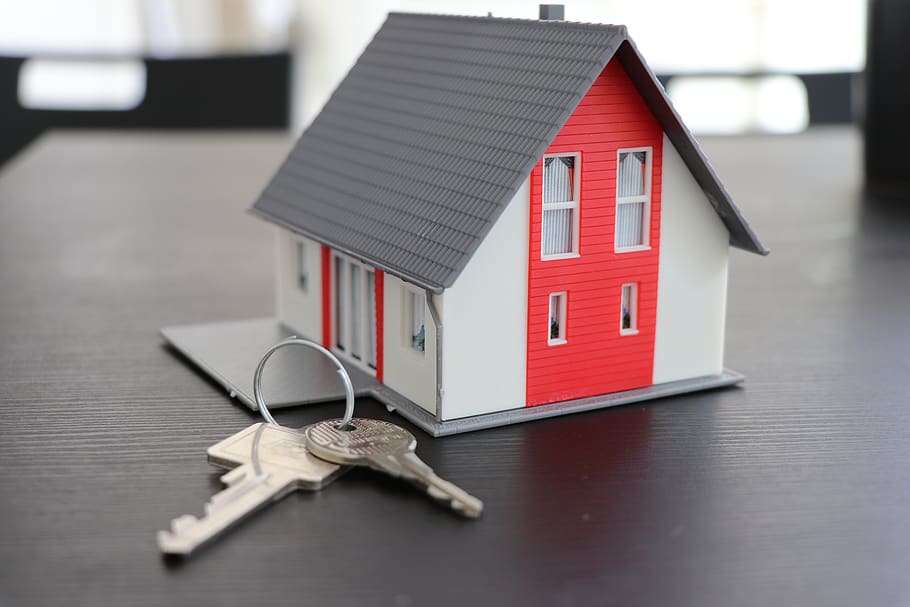
Thanks to constant innovation and improvements in technology, home safety is always improving. This is true concerning both physical home security and protection against fires and other dangerous accidents. But one way or another, we’re always seeing new ways to make our home environments safer to live in.
This is going to continue to be the case as we move into the future, and in fact some of the changes may accelerate. Modern technology advances at an incredibly rapid pace, yielding innumerable new products and services along the way. With this in mind, read on for our informed predictions regarding some future considerations for home safety.
Machine-Learning Security Systems
The term “smart home” gets thrown around quite a lot these days, both with regard to security and otherwise. The concept may soon become a little bit more fully realized, though. One article on this idea stated that smart homes will actually become smart in the near future, thanks to machine learning technology that is going to be put to use through in-home devices and networks. In a variety of ways, our homes will actually be able to compile data such that devices and systems form their own habits to optimize various aspects of the environment.
A lot of this will have to do with comfort: temperature control, lighting adjustment, automated actions from appliances, and so on. However, there are also security implications. For instance, home security systems could learn to recognize faces and voices, and thus be “aware” of whether or not people in the house are meant to be there. This is only one example, though in all likelihood there will be additional benefits of machine learning in home security that are more difficult to foresee right now.
Robot Charging Stations
Home robotics still seem somewhat futuristic, but we’re actually starting to see a few examples of what they might look like. There are prototypes that have been demonstrated online that are essentially early versions of automated home butlers; there are smart cooking systems that can clean themselves when they’re done preparing meals. So what’s to stop the development of more robot-like security features?
What will be interesting is how this affects home design. It’s a virtual certainty that at some point in the near future, some homes will be equipped to handle robotic systems. They might monitor security, warn off potential intruders, or even put out small fires or send alerts to authorities. But if they’re to act with anything close to full autonomy, homes will need to be fitted with charging stations that essentially house them. It all sounds like something out of science fiction, but the idea of a home safety and security robot charging in a cubby or closet to patrol at night may not be all that far-fetched.
Improved Fire Protection Systems
With regard to disaster protection specifically, we should note that future homes will also be equipped with better fire safety systems. In a sense, these won’t necessarily be meaningfully different from what we have today, save for the fact that they’ll simply be more reliable and responsive. As we’ll touch on in the next section, various types of home sensors are growing more sophisticated, which in turn means they can be better able to detect warning signs of fires and other disasters or accidents. Homes armed with these systems — as well as fire extinguishers and possibly even some of the safety measures we tend to associate more with business properties will keep residents safe from disasters that would once have been calamitous.
Better Security Detectors
A security detector can be any number of different things: sensors on windows, devices meant to detect smoke or carbon monoxide, outdoor motion sensors and lighting controls, and so on. Already, homes can be thoroughly outfitted with these little pieces of technology in ways that lead to fairly comprehensive protection. Moving forward though, improvements in electrical design are going to make these devices even more capable.
One of the key developments that will lead to this change is the increasing prevalence of metal-core designs in PCBs. The PCBs, or printed circuit boards, are the miniature plates that conduct electricity and convey connections within our devices, and designing them with metal cores makes them stronger and more effective at handling certain conditions. A metal-core PCB can in some cases manage more robust activity, and can stand up to heat, or even physical pressure. For home security, this can mean several different things. A stronger and more powerful PCB can power a better sensor, capable of managing more connectivity, performing outside, and so on. Basically, we’ll see better electronics leading to improved versions of the security detectors people already rely on increasingly today.
Better Connectivity
Lastly, there may also be some future home safety considerations that come about almost invisibly. We’re talking primarily about the improvement of wireless networks, and specifically greater WiFi and 5G connectivity. Right now, there are actually lingering questions about the security of 5G itself, and this is a conversation that will need to be sorted out in time. What 5G enables in our home environments, however, will almost unquestionably be greater protection against accidents and security threats. It’s as simple as the idea that smoother and more reliable wireless connections will allow intelligent home safety and security systems to communicate more effectively, thus ensuring that high-tech security operates as expected.
Altogether, these developments could significantly improve home safety. They won’t all come about at once, and some may ultimately be more meaningful than others. But better tech, smarter systems, and improving connectivity will combine to make the home environments of tomorrow safer and more secure than we might presently imagine.
